Dream Chaser
Advertisements:
[The Dream Chaser is a planned crewed suborbital and orbital vertical-takeoff, horizontal-landing (VTHL) lifting-body spaceplane being developed by SpaceDev, a wholly owned subsidiary of Sierra Nevada Corporation (SNC). The Dream Chaser design is planned to carry seven people to and from low earth orbit. The vehicle would launch vertically on an Atlas V and land horizontally on conventional runways.
Current design plans are to launch the Dream Chaser vehicle from an Atlas V. It is designed to carry two to seven humans and/or cargo to orbital destinations such as the International Space Station. The vehicle will be able to return from space by gliding and landing at almost any aircraft runway in the world.
The Dream Chaser was originally planned to be a suborbital vehicle based on the X-34. The design has since been revised and is now based on NASAs HL-20 lifting body design. It is intended to be an orbital spacecraft and is currently planned to be launched atop a man-rated United Launch Alliance Atlas V 402 launch vehicle as the main booster. An earlier version proposed to use a Atlas V 431 launch vehicle as the main booster.
On October 11, 2010 SNC announced it had achieved two critical milestones for NASAs CCDev program. The first consisted of three successful test firings of a single hybrid rocket motor in one day. The second milestone was the completion of the primary tooling necessary to build the composite structure of the Dream Chaser vehicle]. – Wikipedia
Photos: NASA Deputy Administrator Lori Garver talks during a press conference with Sierra Nevadas Dream Chaser spacecraft in the background at the University of Colorado at Boulder on February 5, 2011 in Boulder, Colorado. Sierra Nevadas Dream Chaser spacecraft is under development with support from NASAs Commercial Crew Development Program to provide crew transportation to and from low Earth orbit. NASA is helping private companies develop innovative technologies to ensure that the U.S. remains competitive in future space endeavors. (Photo by Bill Ingalls/NASA via Getty Images)
Current design plans are to launch the Dream Chaser vehicle from an Atlas V. It is designed to carry two to seven humans and/or cargo to orbital destinations such as the International Space Station. The vehicle will be able to return from space by gliding and landing at almost any aircraft runway in the world.
The Dream Chaser was originally planned to be a suborbital vehicle based on the X-34. The design has since been revised and is now based on NASAs HL-20 lifting body design. It is intended to be an orbital spacecraft and is currently planned to be launched atop a man-rated United Launch Alliance Atlas V 402 launch vehicle as the main booster. An earlier version proposed to use a Atlas V 431 launch vehicle as the main booster.
On October 11, 2010 SNC announced it had achieved two critical milestones for NASAs CCDev program. The first consisted of three successful test firings of a single hybrid rocket motor in one day. The second milestone was the completion of the primary tooling necessary to build the composite structure of the Dream Chaser vehicle]. – Wikipedia
Photos: NASA Deputy Administrator Lori Garver talks during a press conference with Sierra Nevadas Dream Chaser spacecraft in the background at the University of Colorado at Boulder on February 5, 2011 in Boulder, Colorado. Sierra Nevadas Dream Chaser spacecraft is under development with support from NASAs Commercial Crew Development Program to provide crew transportation to and from low Earth orbit. NASA is helping private companies develop innovative technologies to ensure that the U.S. remains competitive in future space endeavors. (Photo by Bill Ingalls/NASA via Getty Images)
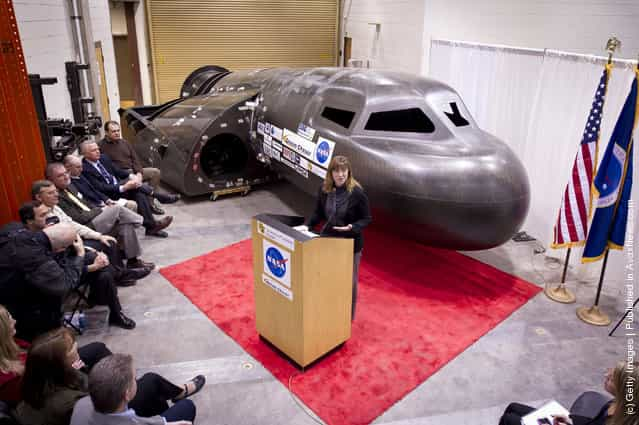
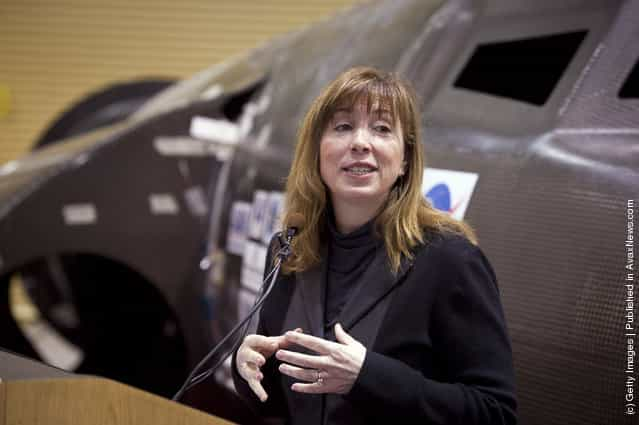
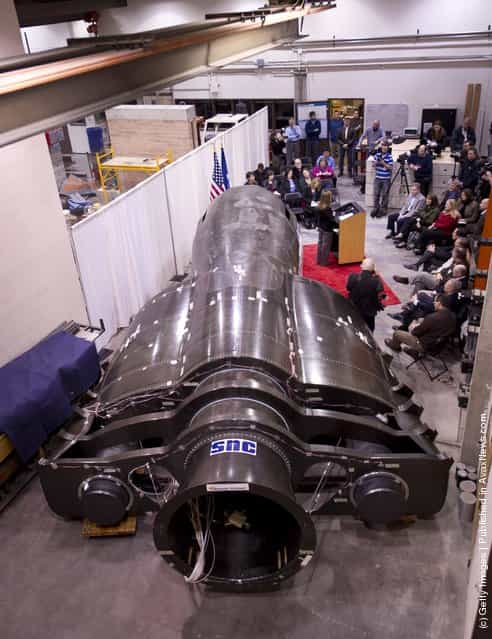
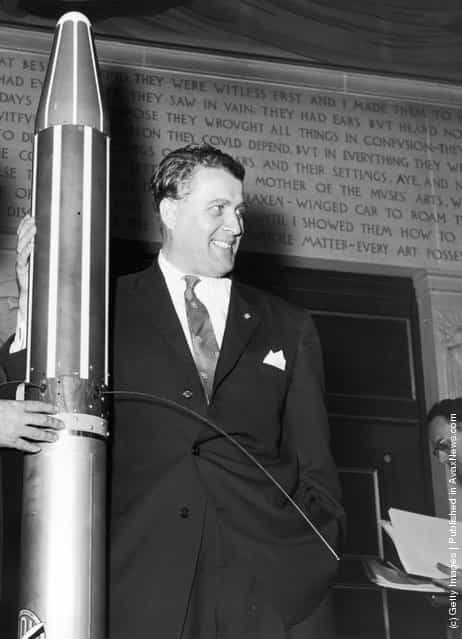
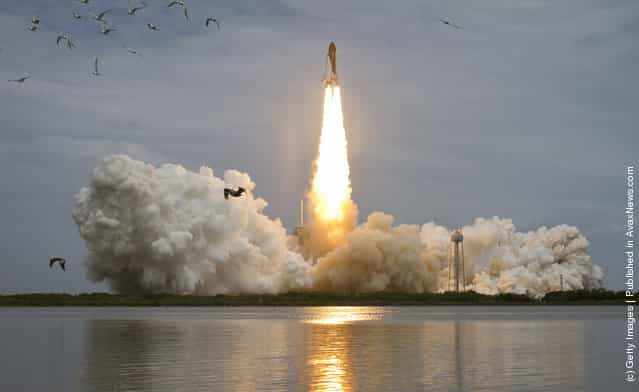

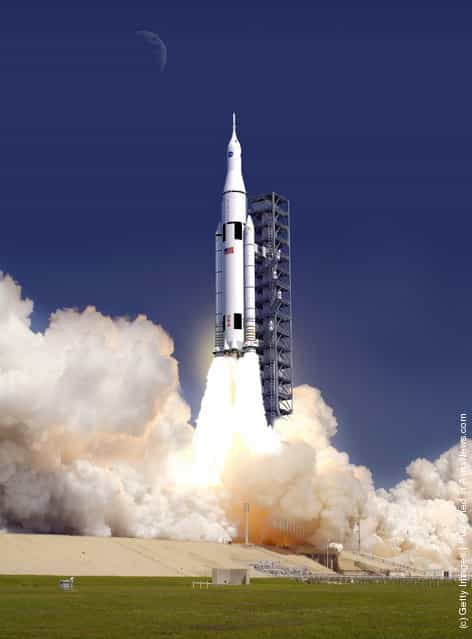
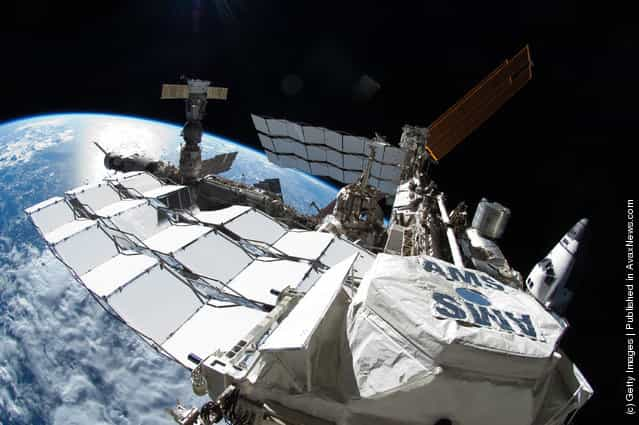
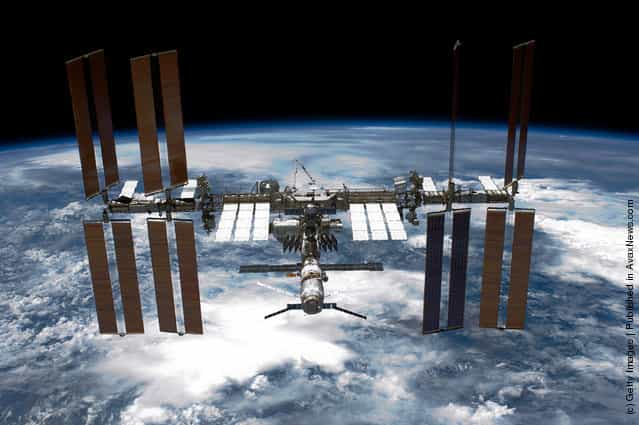
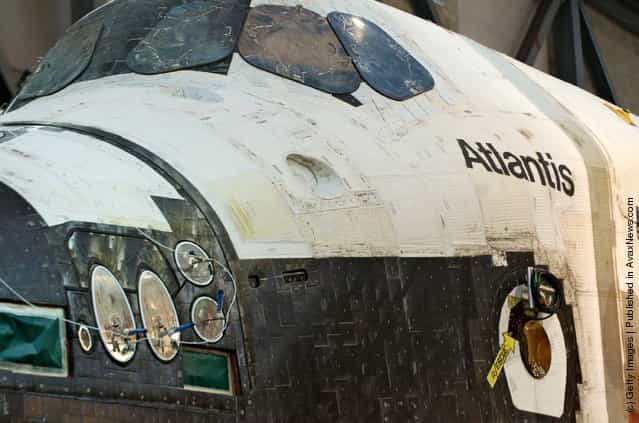
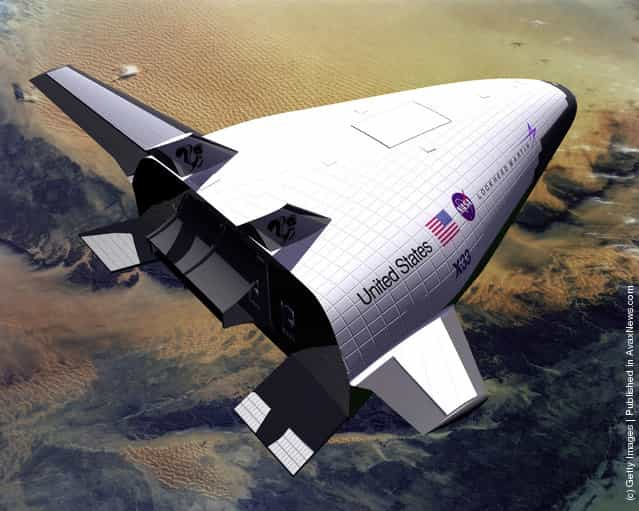

![Rare [Hybrid] Total Solar Eclipse Rare [Hybrid] Total Solar Eclipse](http://img.gagdaily.com/uploads/posts/fact/2013/short/00010c55_medium.jpg)






